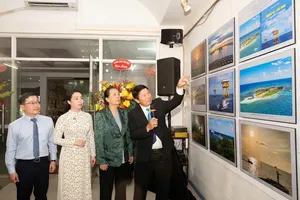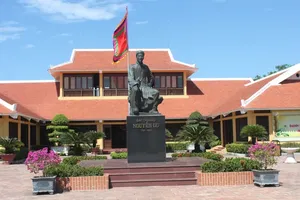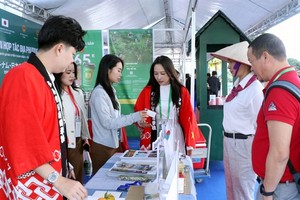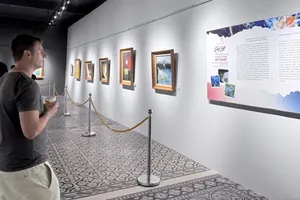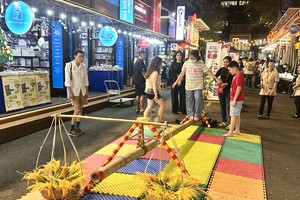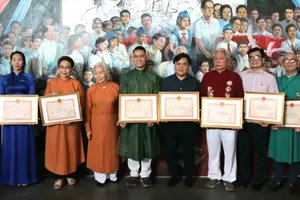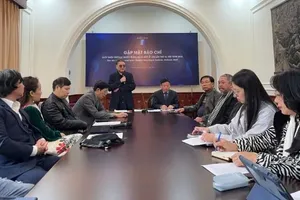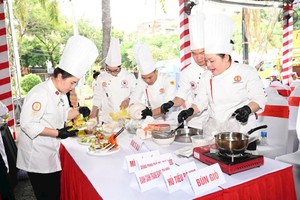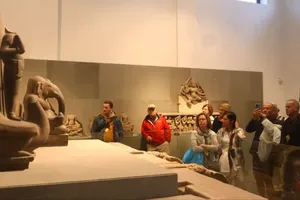A deeply troubling incident unfolded at Thai Hoa Palace in Hue: the throne of the Nguyen Dynasty—recognized as a national treasure and housed within the former imperial capital's heritage complex—was deliberately vandalized on May 24. The shock reverberated far beyond the physical damage, striking at the heart of Vietnam’s historical, artistic, and cultural identity. The event casts a harsh spotlight on the current state of heritage preservation in the country.
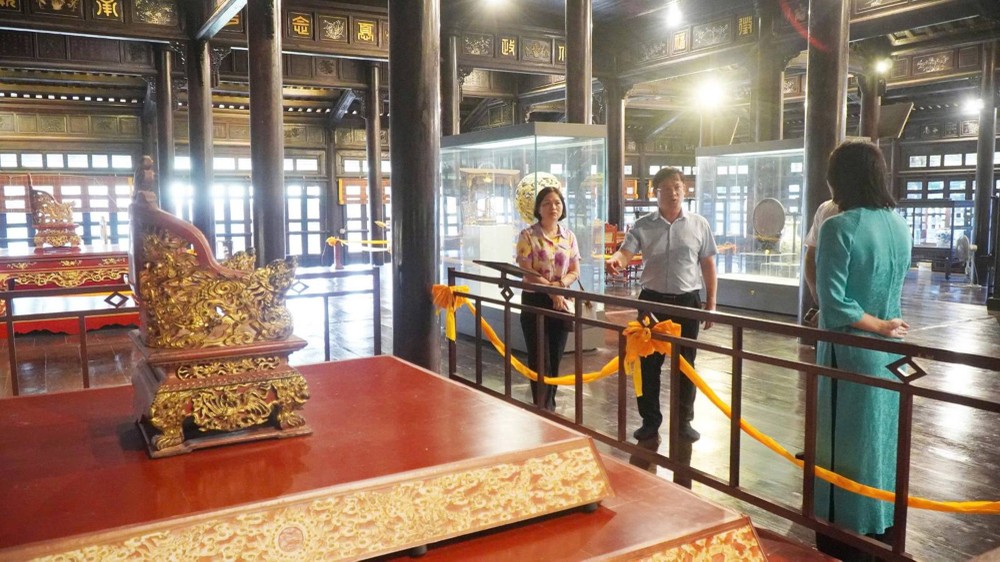
Heritage: A lingering wound
The defacement of the Nguyen Dynasty throne is not an isolated occurrence. It is the latest in a string of alarming lapses that expose a chronic failure in the stewardship of national treasures. These are not mere accidents—they reflect a pattern of neglect and irresponsibility in cultural preservation.
In April 2014, during the Long Doi Son Pagoda Festival in Ha Nam, and amid the announcement of the Sung Thien Dien Linh stele’s designation as a national treasure, a construction crew carelessly used wire brushes to scrub away cement stains on the stele’s surface. This seemingly minor act resulted in irreversible damage to the relic’s integrity.
In 2019, at the Ho Chi Minh City Museum of Fine Arts, Vuon Xuan Trung Nam Bac (Spring Garden of the Central, South and North Regions), a celebrated lacquer painting by Nguyen Gia Tri and a national treasure, was irreparably damaged—over 30 percent of the work—after it was cleaned using dish soap, acidic powder, and sandpaper. The individual responsible had no expertise in conservation, a catastrophic oversight with lasting consequences for both the artwork’s physical form and cultural significance.
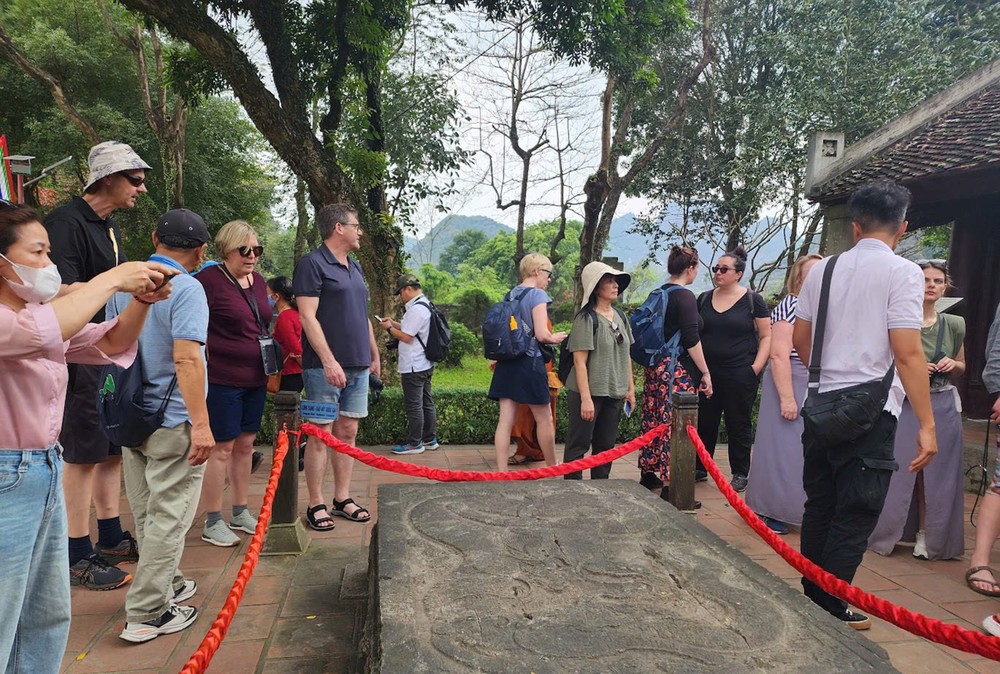
Elsewhere in Ha Tinh, a Nguyen-era cannon recognized as a national treasure in 2013 remains improperly stored at the provincial library because the provincial museum is still unfinished. The unsuitable environment has left the artifact vulnerable to deterioration.
Late in 2024, a fire at Pho Quang Pagoda in Phu Tho severely damaged a lotus pedestal—another national treasure designated in 2021. This devastating loss underscores how fragile sacred artifacts can be when deprived of professional, context-sensitive protection. Unlike museum objects, items integral to spiritual practices cannot be simply encased behind glass.
Time to address responsibility
Vandalism of national heritage cannot be brushed aside as an unfortunate mishap—it exposes systemic weaknesses, from lax management to a deficit in accountability. Associate Professor Dr. Nguyen The Ky, Vice Chairman of the Central Theoretical Council, called attention to a glaring omission: the absence of personal responsibility. “I want to see someone stand up and say, ‘I take responsibility, I resign.’ That would serve as a wake-up call to the entire system,” he said bluntly.

Some collectors have proposed assigning monetary valuations to each national treasure, so that compensation could be demanded in the event of damage. Yet such a measure struggles with the reality that many artifacts possess historical and spiritual worth far beyond any monetary scale.
The revised 2024 Law on Cultural Heritage explicitly outlines in Article 46 the requirements for protecting relics, antiquities, and national treasures. These include trained personnel, environmental monitoring systems, fire prevention mechanisms, and anti-theft safeguards. For items exhibited by state institutions, the standards are even stricter.
Despite the legal framework, risks persist due to both systemic flaws and individual lapses. What’s needed is a holistic approach—encompassing legal policy, public awareness, technical capacity, and above all, professional integrity.
Associate Professor Dr. Nguyen The Ky emphasized that an incident of vandalism occurring undetected within a sacred site could not be dismissed as mere oversight. “It reveals a profound failure in governance. If we only react when disasters occur, this pattern of loss will continue,” he warned.
Associate Professor Dr. Dang Van Bai, Vice Chairman of the National Cultural Heritage Council, argued for stronger penalties for any violation involving national treasures. “These objects embody our cultural essence—they are priceless. Indifference is not an option,” he said.
Mr. Hoang Viet Trung, Director of the Hue Monuments Conservation Center, noted that artifacts displayed at Thai Hoa Palace and other royal shrines within the Complex of Hue Monuments are arranged in their original ceremonial and spatial contexts, offering visitors an immersive glimpse into the daily life and court rituals of the Nguyen Dynasty. As such, conventional protective measures like glass enclosures are not a viable option.
Each object, including national treasures, differs in function and scale, intricately woven into the architectural and symbolic fabric of the monument. Installing physical security devices risks distorting the integrity of the heritage space.
To address this, the Hue Monuments Conservation Center has proposed a protection strategy based on sensor technology. However, given that the Complex of Hue Monuments is a recognized World Heritage Site, any modification must undergo thorough evaluation by the National Heritage Council. All measures must align with scientific principles and comply with the stipulations of international charters and conventions.
The center also plans to bring in experts and master artisans to assess the damage and formulate an appropriate and respectful restoration plan. As a temporary response, a replica of the Nguyen Dynasty throne has been placed at Thai Hoa Palace to allow tourism to continue while enhancing security for remaining artifacts.
According to Mr. Nguyen Thanh Binh, Permanent Vice Chairman of the People’s Committee of Hue City, the city has also initiated a thorough inspection of display and preservation practices at heritage sites and is working on proactive strategies to deter vandalism from the outset.
)


